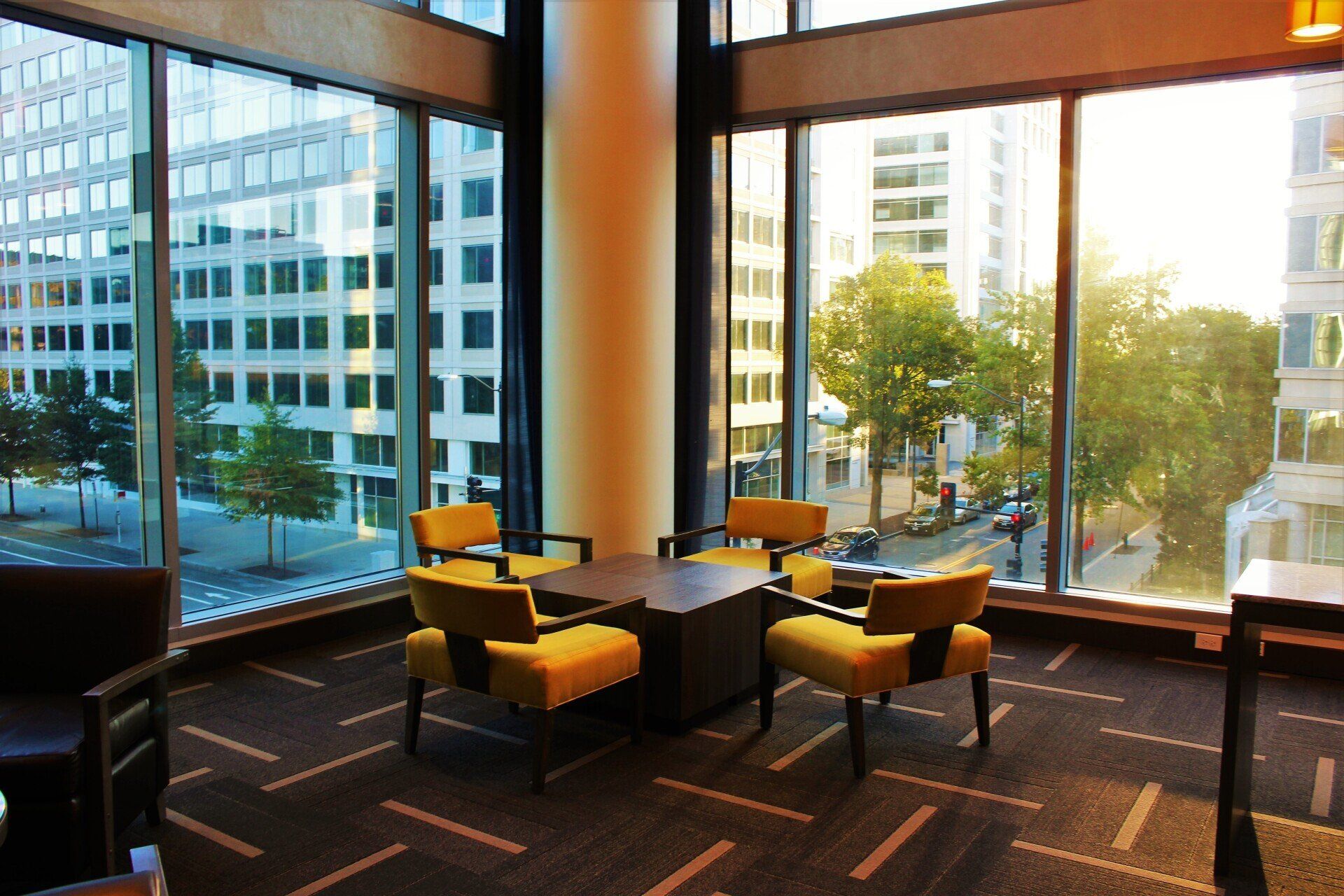How to Know if Your Double Glazing has Failed: Signs and Solutions
Double glazing is a popular choice for windows and doors due to its energy-efficient properties and ability to insulate homes effectively. However, over time, double glazing can experience wear and tear, and in some cases, it may fail to perform as expected. Identifying failed double glazing windows is essential to maintain the energy efficiency and comfort of your home. In this blog post, we'll explore the signs of double glazing failure and provide insights into possible solutions to rectify the issue.
Foggy or Condensation-Formed Windows
One of the most common signs of a failed double glazing unit is the appearance of condensation or fog between the glass panes. This occurs when the hermetic seal, which is designed to keep moisture out, becomes compromised. Condensation within the window signifies that the insulating gas has leaked, leading to reduced thermal efficiency and impaired visibility.
Solution: Unfortunately, once a double glazing unit has failed, it cannot be repaired. The best solution is to replace the faulty window with a new, energy-efficient double glazing unit to restore insulation and prevent further damage.
Cold Spots and Drafts
As double glazing ages, it may develop gaps and cracks that allow outside air to penetrate the home. Cold spots near the windows and drafts are clear indications that the insulating properties of the window have diminished.
Solution: To resolve cold spots and drafts, consider resealing the edges of the window frame or replacing the entire double glazing unit. Adding weatherstripping or using draft excluders can also help improve energy efficiency.
Increased Energy Bills
A sudden spike in energy bills without a change in energy usage could be attributed to a failed double glazing unit. When the insulating gas leaks out or the seal breaks, your home's heating and cooling system must work harder to maintain a comfortable temperature, resulting in higher energy consumption.
Solution: Addressing the failed double glazing promptly will not only reduce your energy bills but also improve the comfort of your living space. Invest in energy-efficient windows to enhance insulation and cut down on long-term energy costs.
Visible Damage and Deterioration
Inspect your double glazing regularly for any visible signs of damage, such as cracked or warped frames, chipped glass, or peeling seals. Environmental factors like harsh weather conditions and UV exposure can contribute to the deterioration of double glazing over time.
Solution: If the damage is minor, repairs might be possible. For more extensive damage or multiple issues, replacing the double glazing unit is the best approach to ensure long-lasting performance.
Being aware of the signs of failed double glazing is crucial for maintaining the energy efficiency and comfort of your home. If you notice condensation, foggy windows, cold spots, drafts, increased energy bills, or visible damage on your double glazing, it's time to take action. Promptly addressing these issues will not only improve your living environment but also contribute to reducing your carbon footprint.
Remember that regular maintenance and proper care can extend the life of your double glazing. Be sure to consult a double glazing repair specialist if you're unsure about the condition of your windows or if you need guidance on how to best address the necessary repairs for your home. With the right approach, you can enjoy the benefits of double glazing for many years to come.










